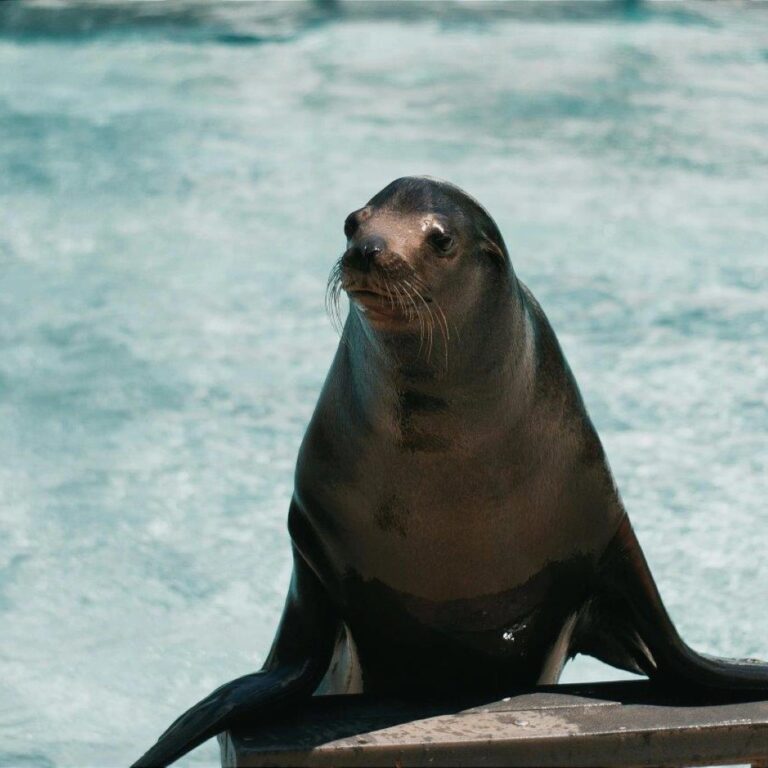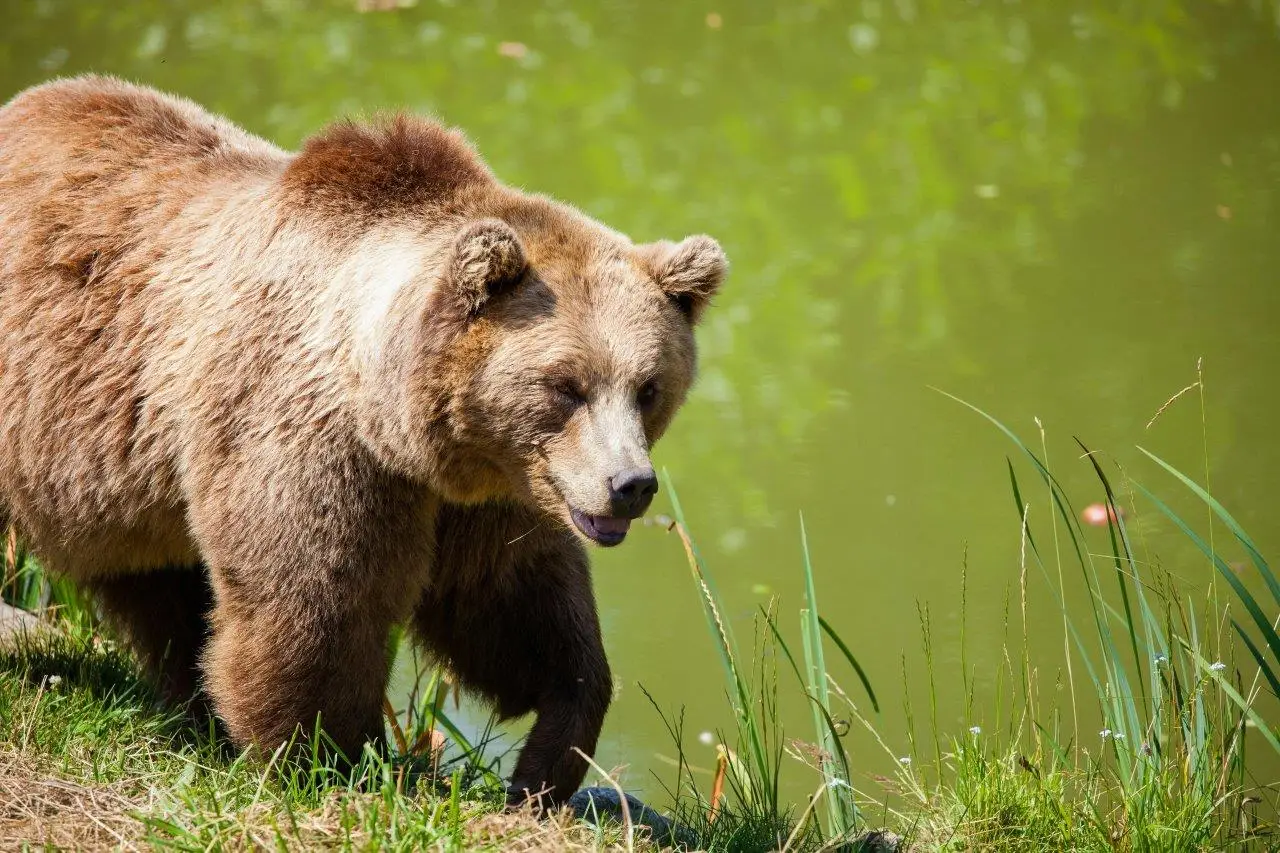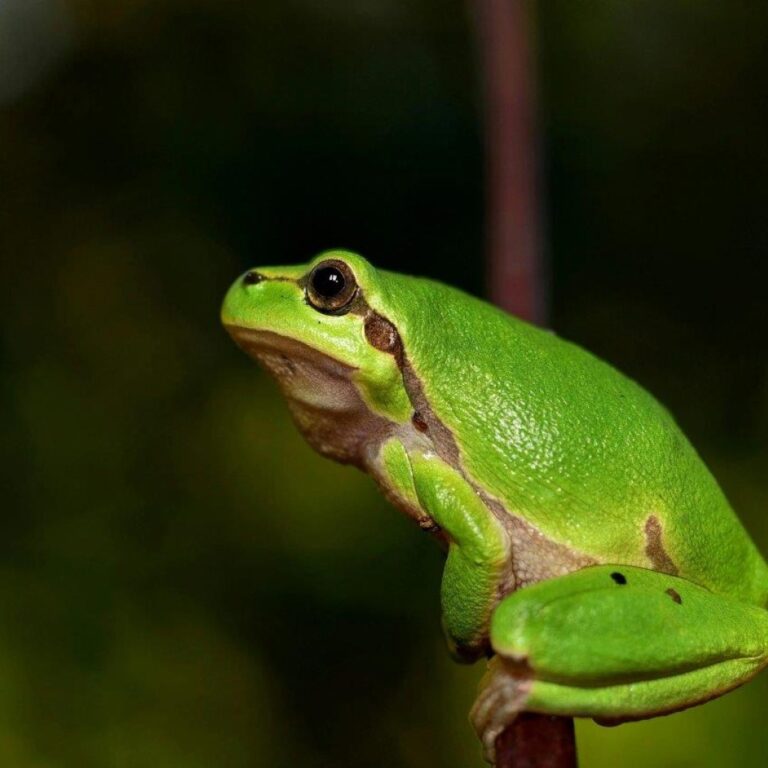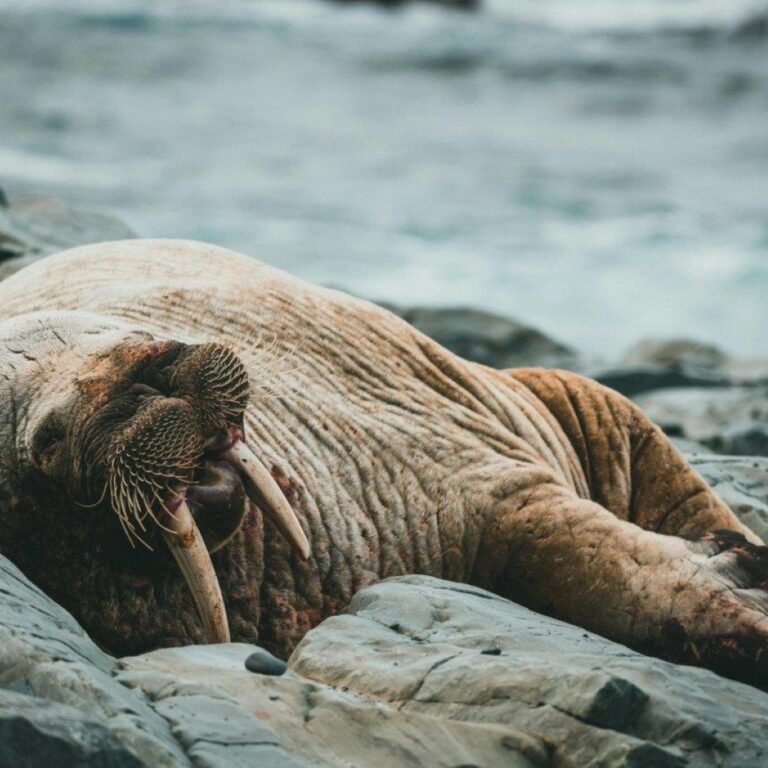There are seven species of sea lions, including the California sea lion, Steller sea lion, and the South American sea lion. The California sea lion is the most common and is often seen performing in marine parks and aquariums.
Sea lions are highly social animals and are often found in large groups called colonies or rookeries. These groups can consist of hundreds or even thousands of individuals, especially during the breeding season.
They are excellent swimmers and can reach speeds of up to 25 miles per hour in the water. They are highly agile and can perform impressive acrobatic feats, such as leaping out of the water and diving.
Unlike true seals, sea lions have large, rotatable flippers that allow them to 'walk' on land. This makes them much more agile on land compared to seals, which move by wriggling on their bellies.
Sea lions have a thick layer of blubber that provides insulation against the cold water. This blubber also serves as an energy reserve during times when food is scarce.
The diet of sea lions varies depending on the species and location, but they typically feed on fish, squid, and other small marine animals. They are opportunistic feeders and will eat whatever is available.
They are known for their loud vocalizations, which include barks, growls, and roars. These sounds are used for communication, especially during the breeding season when males compete for territory and mates.
Males, known as bulls, are much larger than females and can weigh up to 1,000 pounds or more. During the breeding season, bulls establish territories and gather harems of females to mate with.
They are known for their playful behavior and are often seen riding waves, playing with objects, and interacting with each other in a variety of ways.
Sea lions have a lifespan of about 20 to 30 years in the wild, though they can live longer in captivity. Their lifespan depends on factors such as food availability, predation, and human impacts.
They have a keen sense of hearing both in and out of the water, which helps them detect prey and communicate with each other. They also have excellent vision, especially in low light conditions.
The Steller sea lion is the largest of the sea lion species, with males reaching lengths of up to 11 feet and weighing over 2,000 pounds. They are found in the northern Pacific Ocean, from Japan to Alaska.
They play an important role in marine ecosystems by helping to regulate the populations of fish and other marine animals. They are also prey for larger predators, such as sharks and killer whales.
Conservation efforts are crucial for some sea lion species, particularly those that are threatened by habitat loss, pollution, and climate change. Protecting their natural habitats and ensuring sustainable fishing practices are essential for their survival.



